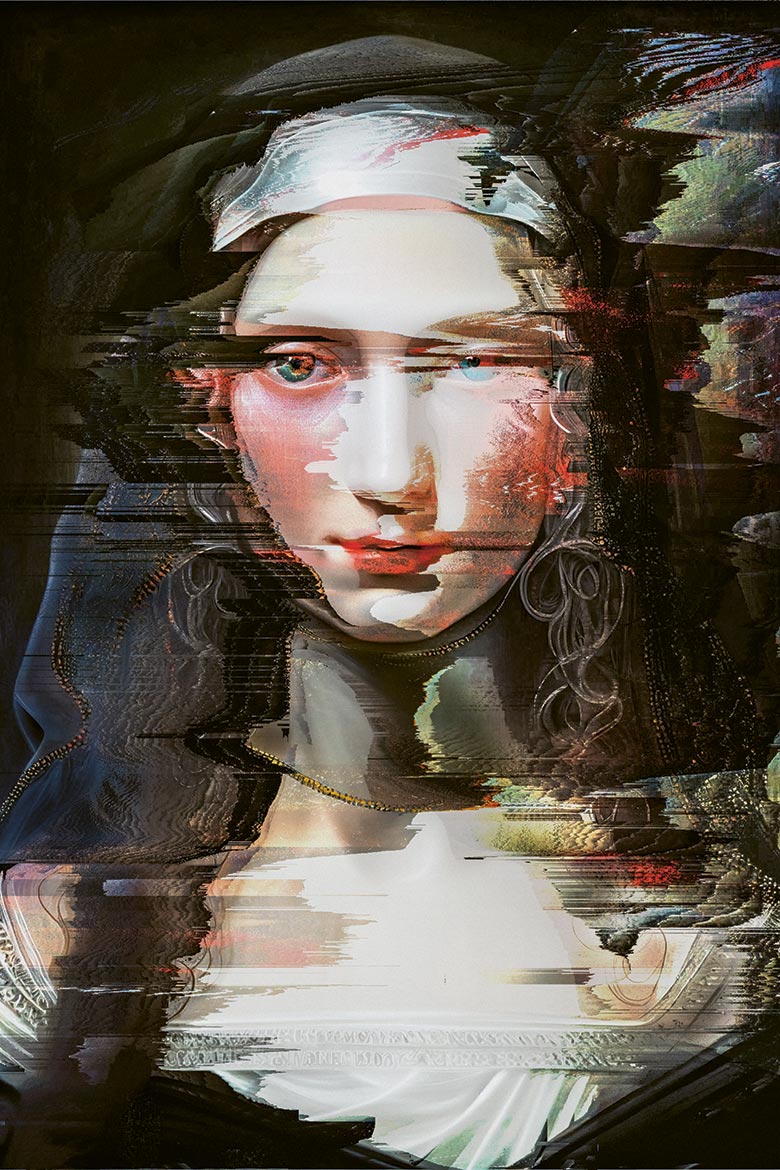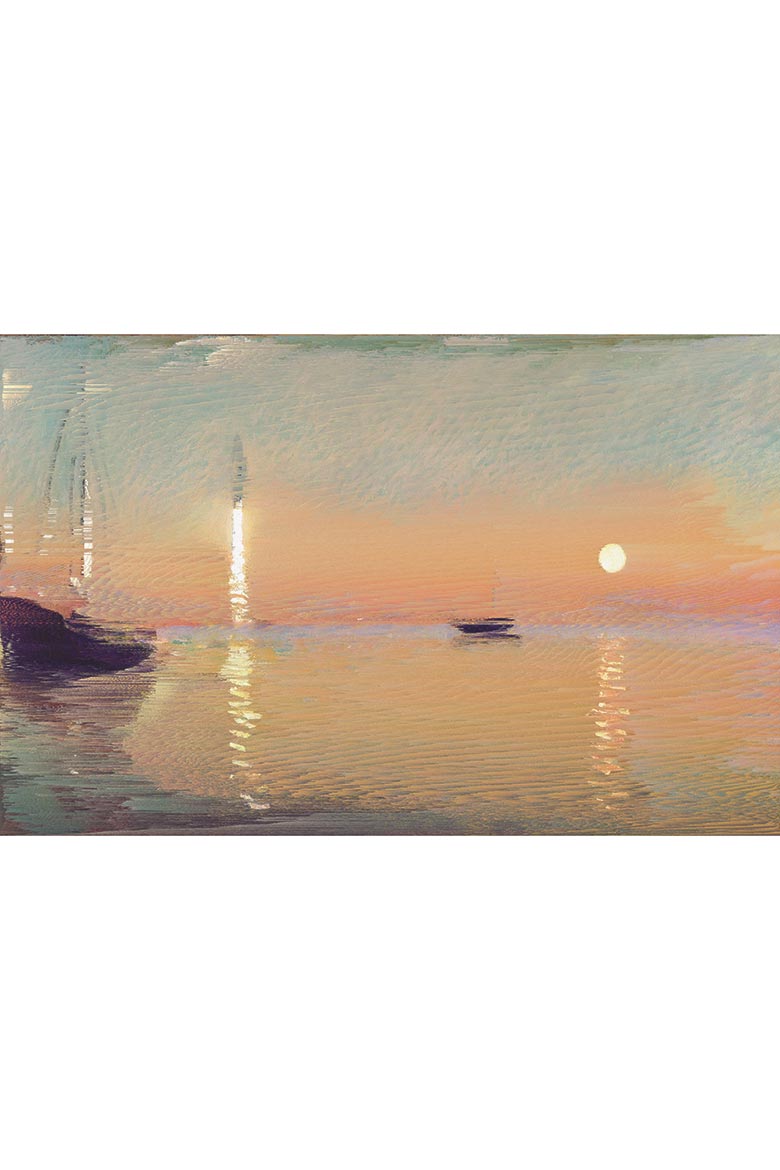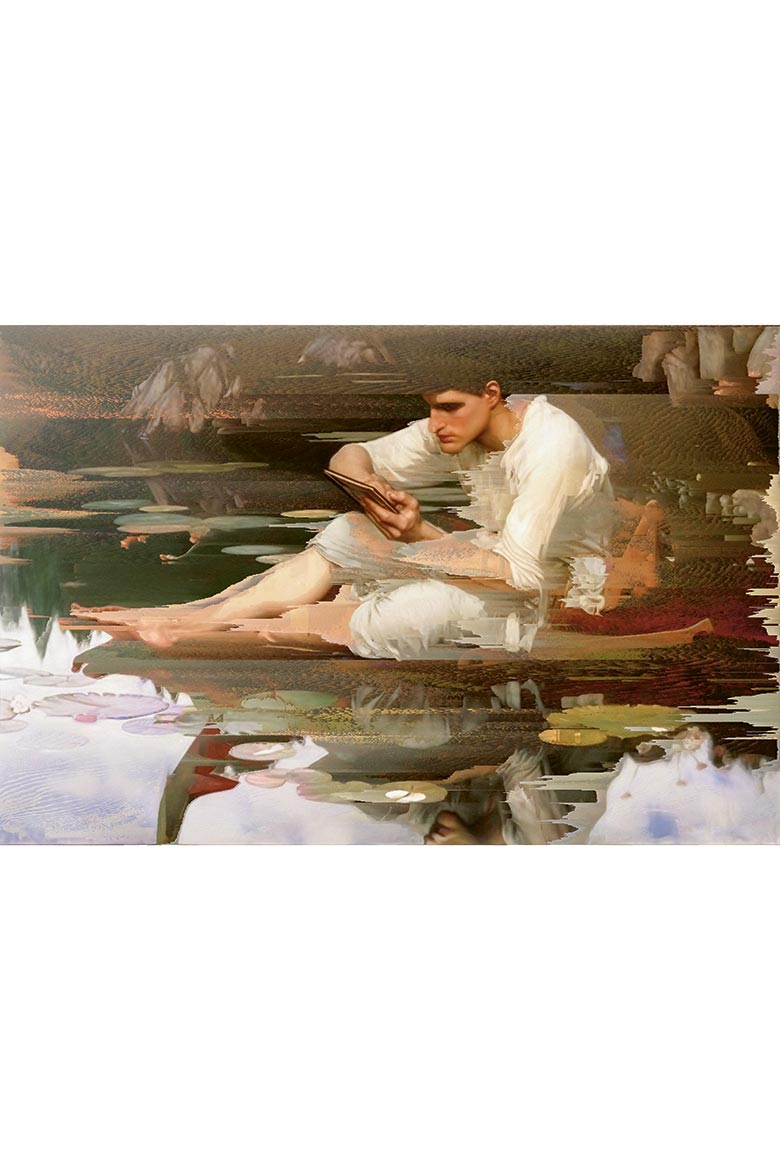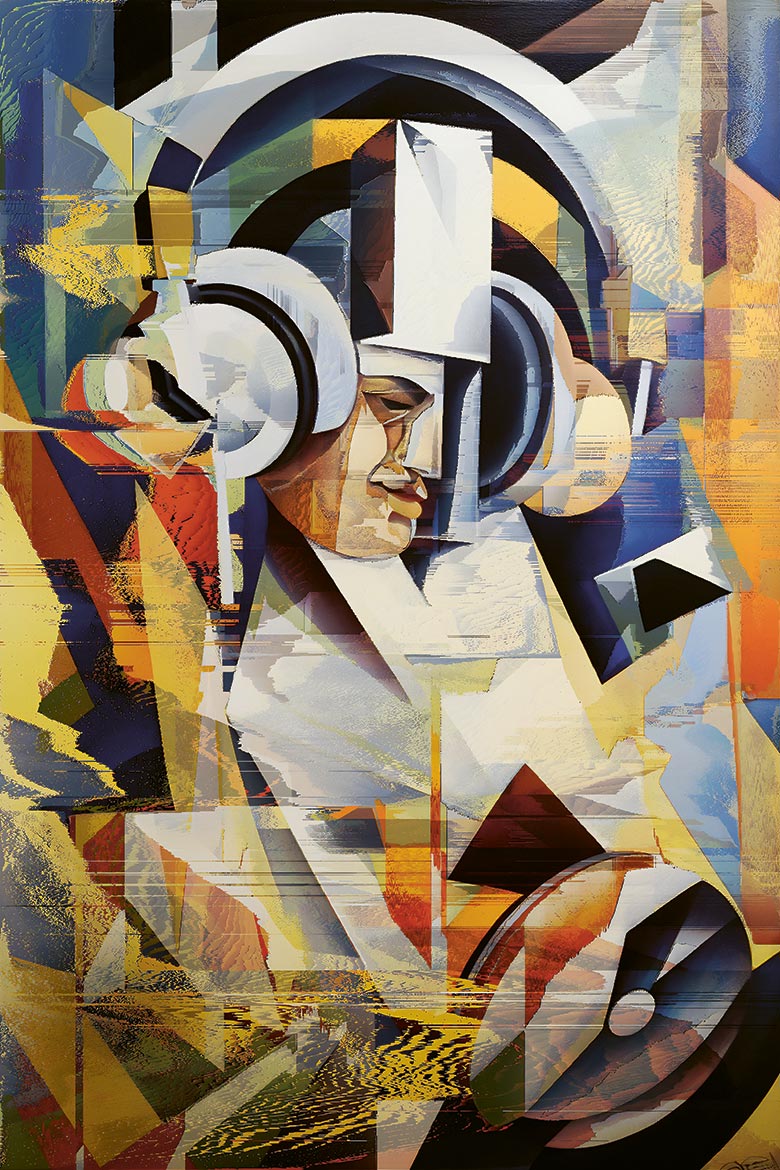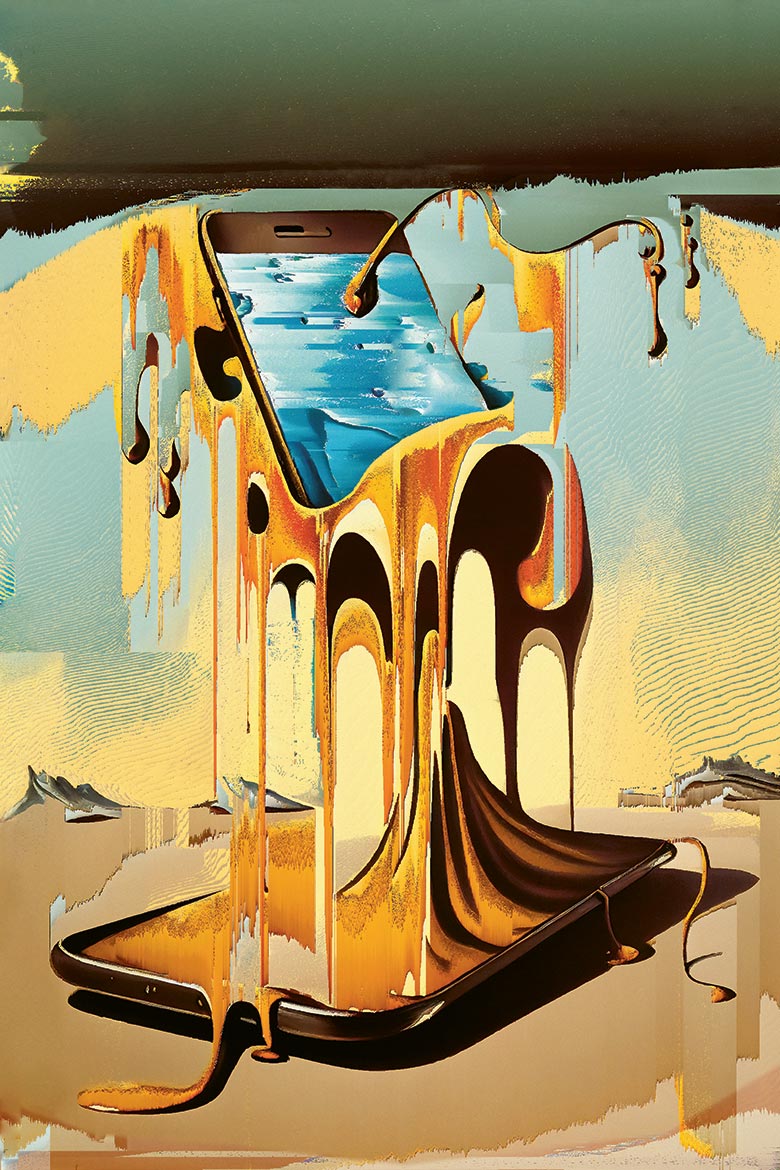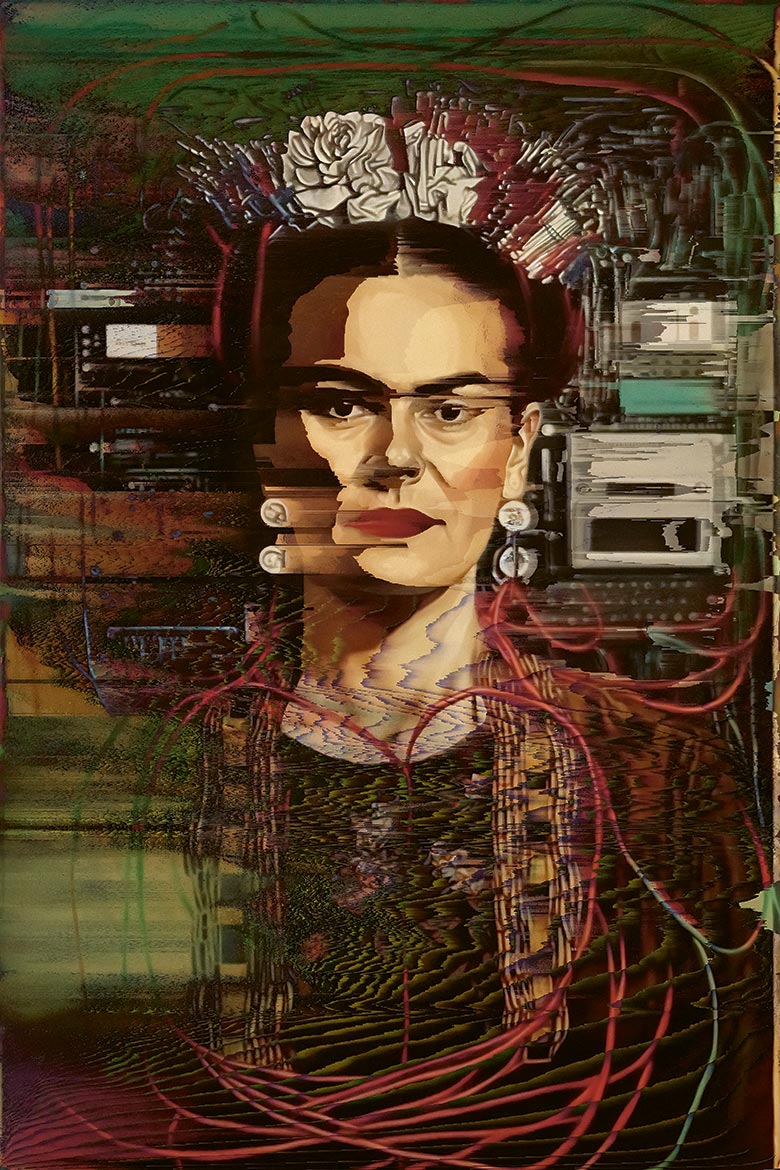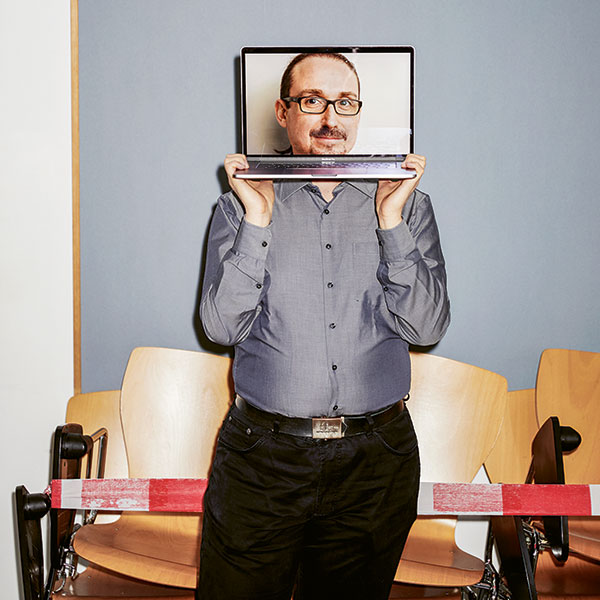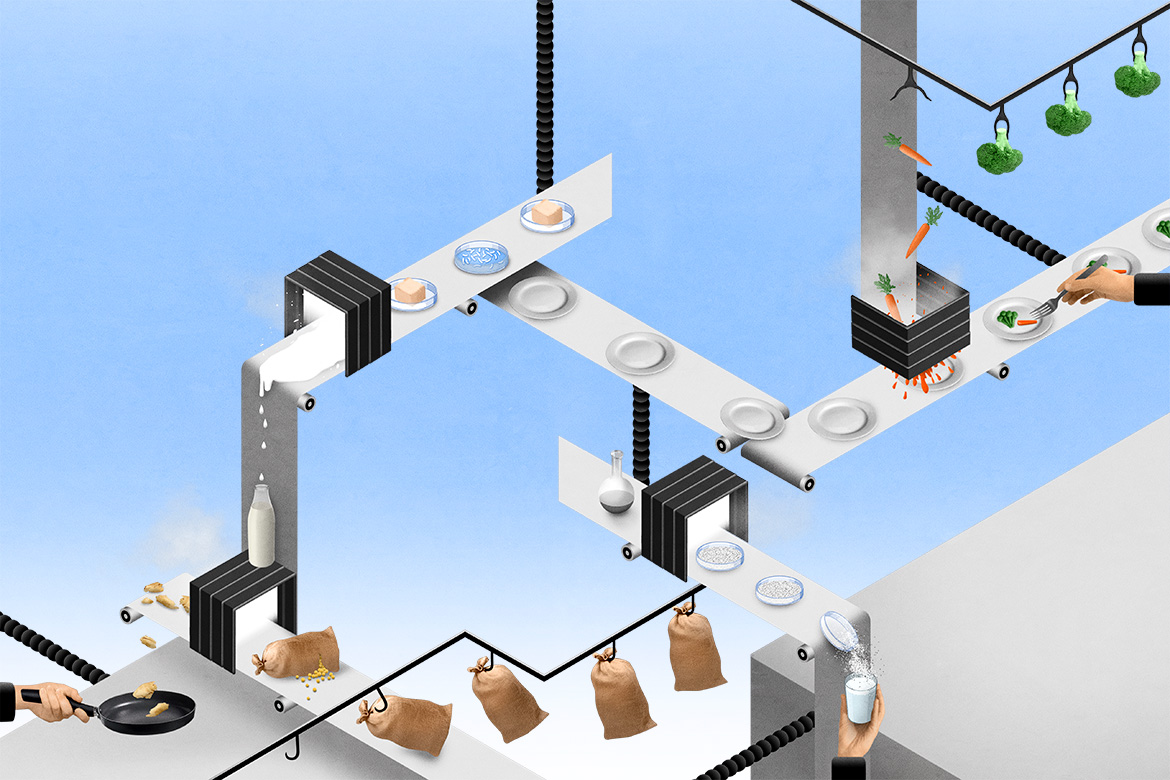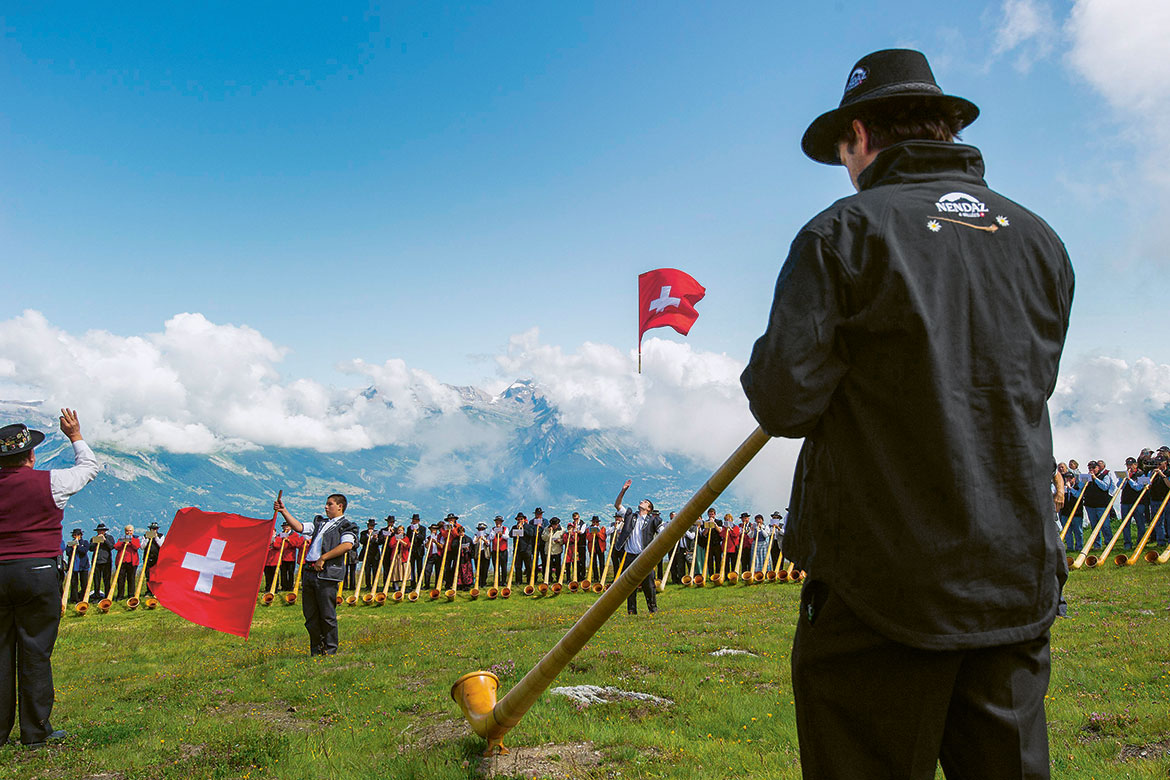Feature: AI, the new research partner
Masterworks of art history, with a glitch in the matrix
Jonas Wyssen, an artist from the canton of Valais, has exposed world-famous paintings to AI algorithms. His goal is to imitate images and styles – a process called ‘appropriation’ – while always incorporating unsettling errors. We take a look at his surreal, dreamlike creations.

